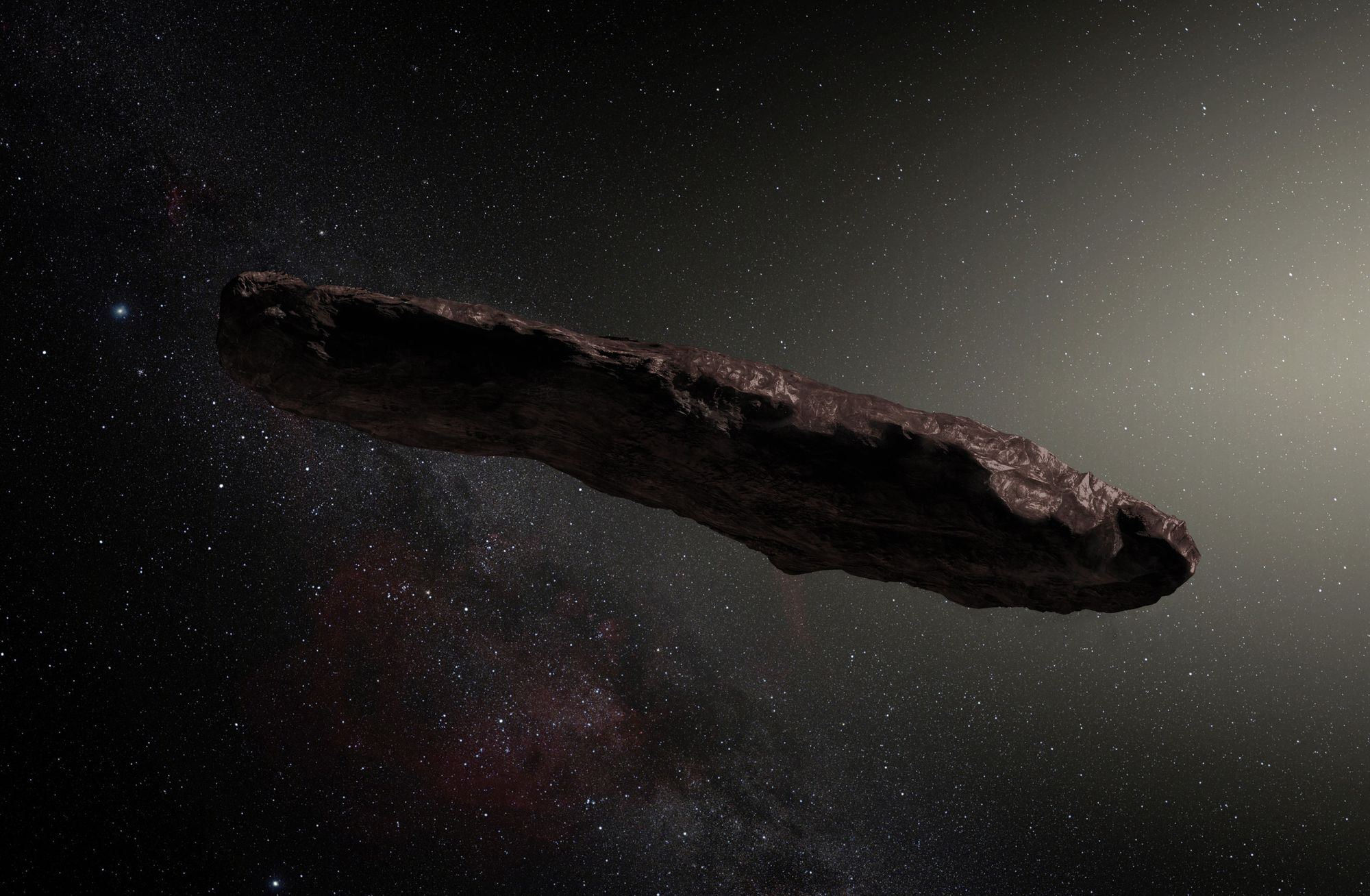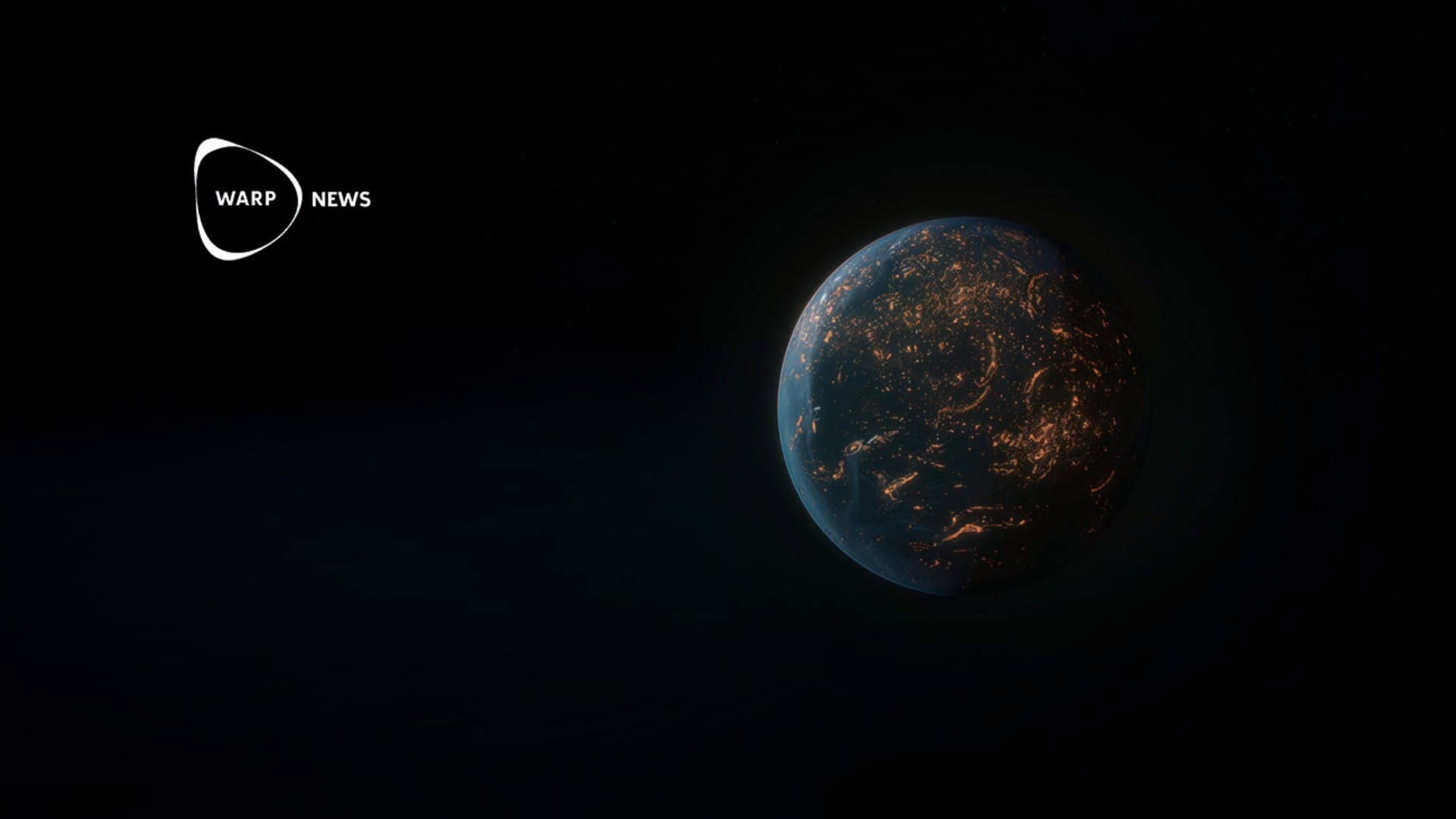
👽 Galileo Project will search for alien technology
Avi Loeb, the scientist who thinks that a huge dismissed alien craft bypassed earth, is now together with a group of researchers scaling up the search for extraterrestrial civilizations.
Share this story!
We previously wrote about Avi Loeb and his belief that an object of alien origin might have passed through our galaxy. He’s not alone in this belief, and a consolidated effort is now being initiated to find more alien technology. The project is called Galileo Project.
The initiative was announced during a news conference on July 26. The purpose of the project is to, in a transparent way, look for evidence of advanced extraterrestrial life by looking for their technology. Or as the founders expressed it:
"to bring the search for extraterrestrial technological signatures from accidental or anecdotal observations and legends to the mainstream of transparent, validated and systematic scientific research," as was stated by the founders.
The founders of this initiative include Harvard astrophysicist Avi Loeb, keynote speaker at the Warp Space Summit, and Frank Laukien. Laukien is the chairman, president, and CEO of Bruker Corp, which makes and develops science equipment.
Galileo aims to process reports of alien artifacts, including UFO sightings. Or more correctly: Unidentified Aerial Phenomena (UAP). And that’s the main difference between Galileo and other SETI (Search for Extra-Terrestrial Intelligence) projects. Galileo is directly aimed to search for evidence of alien technology, either on earth or in space.
This will be done in three ways: obtaining high-resolution images of UAP using multiple detectors to discover their nature, conducting in-depth research on 'Oumuamua-like interstellar objects, and searching for potential satellites that originate from Extraterrestrial Technological Civilizations.
To do this, the project will use purpose-designed equipment. Loeb mentions that this equipment will include tens of telescope systems around the world. Each system will consist of two 10-inch telescopes paired with cameras and connected to a computer system that will be able to filter data.
At the point of the announcement, the project had received $1.7 million of private funding. The project promises to make its findings publicly available as well as to produce and publish peer-reviewed journals.
By becoming a premium supporter, you help in the creation and sharing of fact-based optimistic news all over the world.


